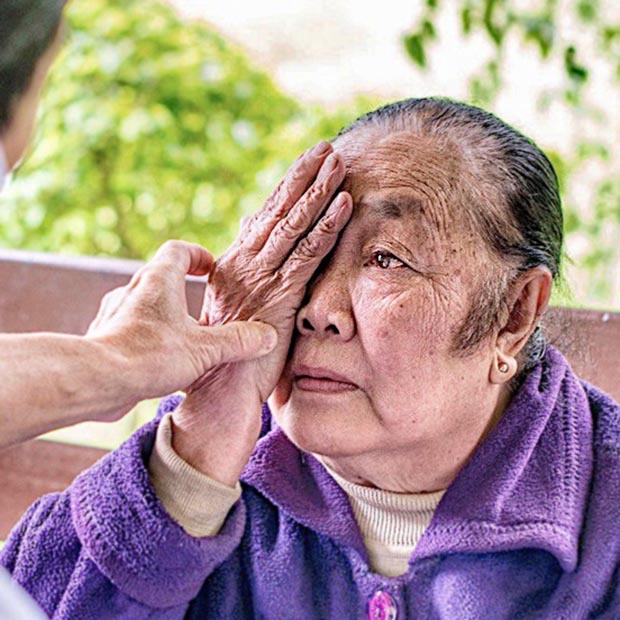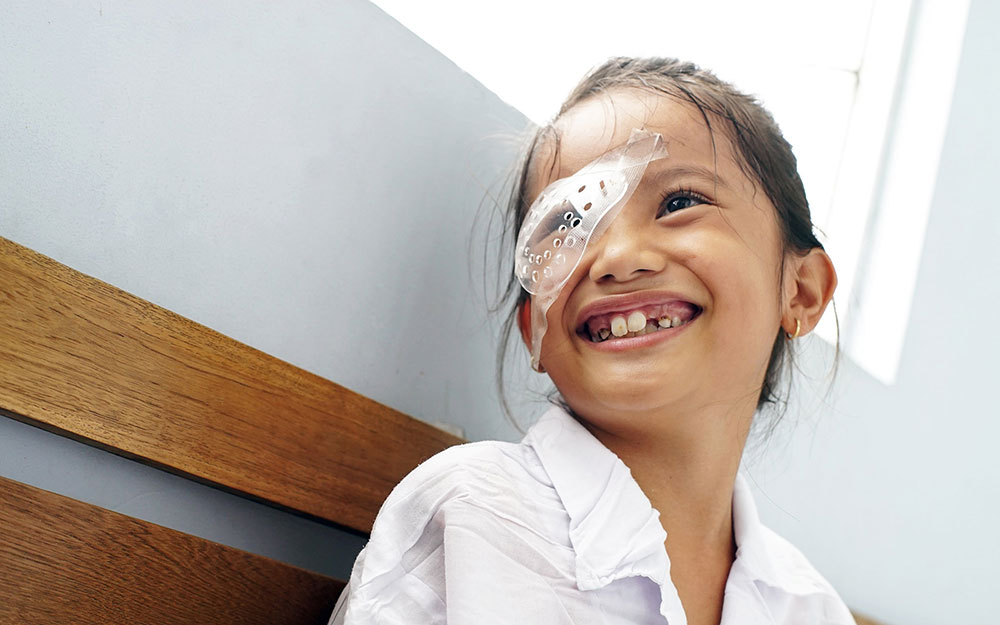Join a powerful, unprecedented alliance for better eye health for all.
Join IAPB90% of vision loss is preventable or treatable.
Please choose how you'd like to preview the data
Please choose which map to navigate to
2 to 3 billion more people need ongoing access to services to optimise their vision and ability to function in society.
Millions more need ongoing access to services every year to prevent vision loss and restore well-being.
Find out more on Magnitude
Eye care services are unlikely to cope with future needs.
Almost everyone will need access to eyecare services during their lifetime.
Find out more on Projections
At least 771 million people (90%) have vision loss that can be prevented or treated:
There are 77 million (10%) people with vision loss that require ongoing management and treatment, for conditions such as age-related macular degeneration, glaucoma and diabetic retinopathy.
There are also 295 million people with mild vision loss for which cause data is not available.
Find out more about preventable or treatable vision loss
There are differences in the ways different population groups are affected by vision loss.
Vision loss is far greater for those in low- and middle-income countries, among older people and in women.
Find out more about Inequality
Vision loss results in $410.7 billion in lost productivity annually.
Investing in eye health improves wellbeing, educational attainment, increases workforce and community participation.
Good vision is fundamental to achieving the Sustainable Development Goals (SDGs).
Find out more on Economics
The primary causes of vision loss include:
There are millions more living with conditions that need routine eye care services to prevent or delay vision loss.
Find out more about causes of vision loss
Eye tests, glasses and cataract operations could alleviate the vast majority of vision loss.
In the World Report on Vision, WHO called for integrated people-centred eye care as part of universal health coverage (UHC). This will make promotive, preventive, curative and rehabilitative eye care services accessible and affordable for all.
Find out more about solutions
Understand the key stories behind the data featured on the Vision Atlas and communicate the key messages with these digital resources.
View downloads
Magnitude tile: Neil Oakshott, Operation Eyesight Universal, Projections tile: Niranjan Gaire, Avoidable and Impact and Economics tiles: Geoff Oliver Bugbee, Orbis, Causes tile: Ali Fuat Aydin, Engelsiz Yaşama Derneği, Solutions tile: Michael Scholonfeld, Eye Corps